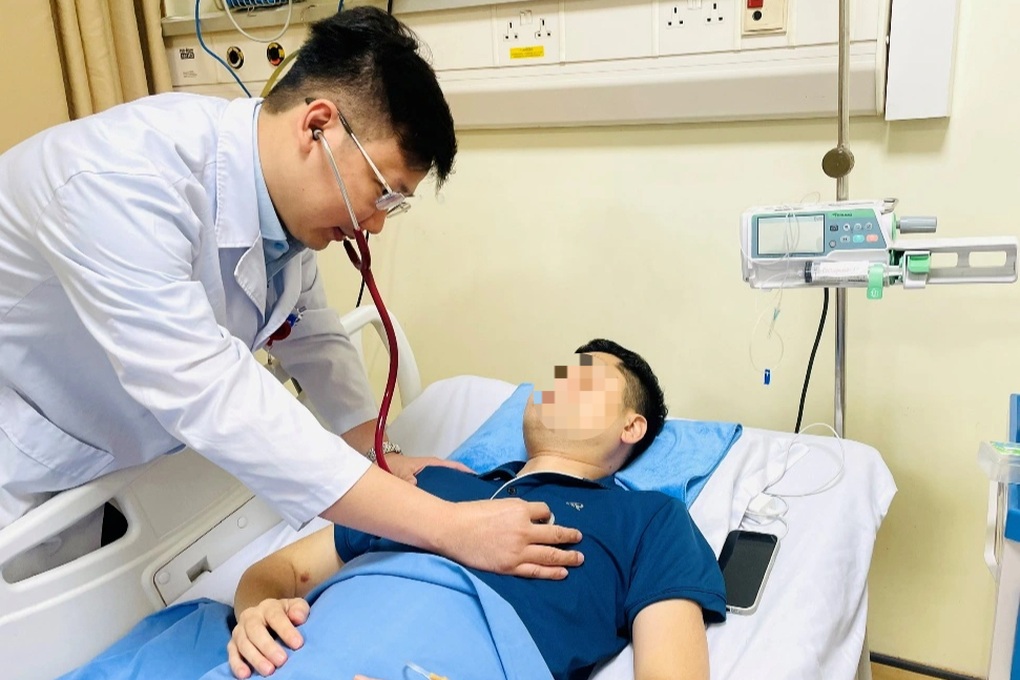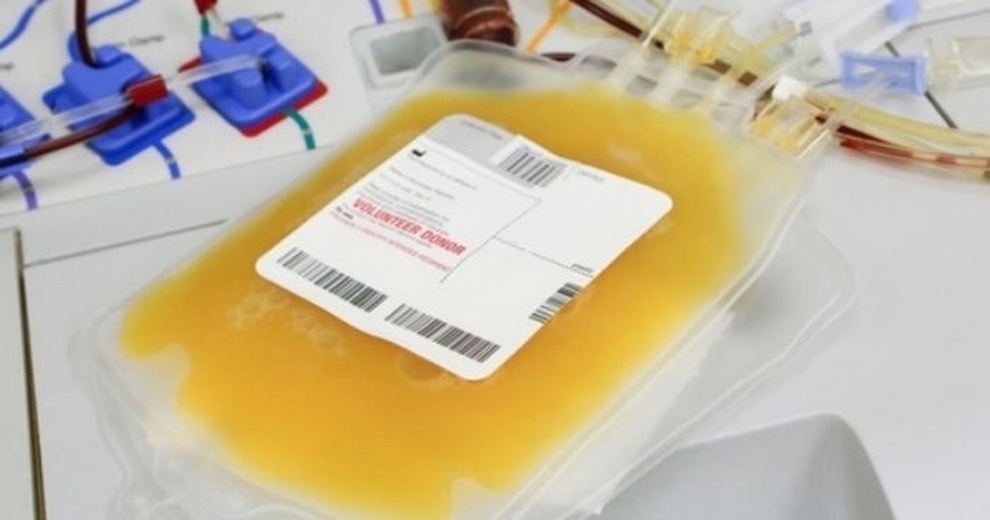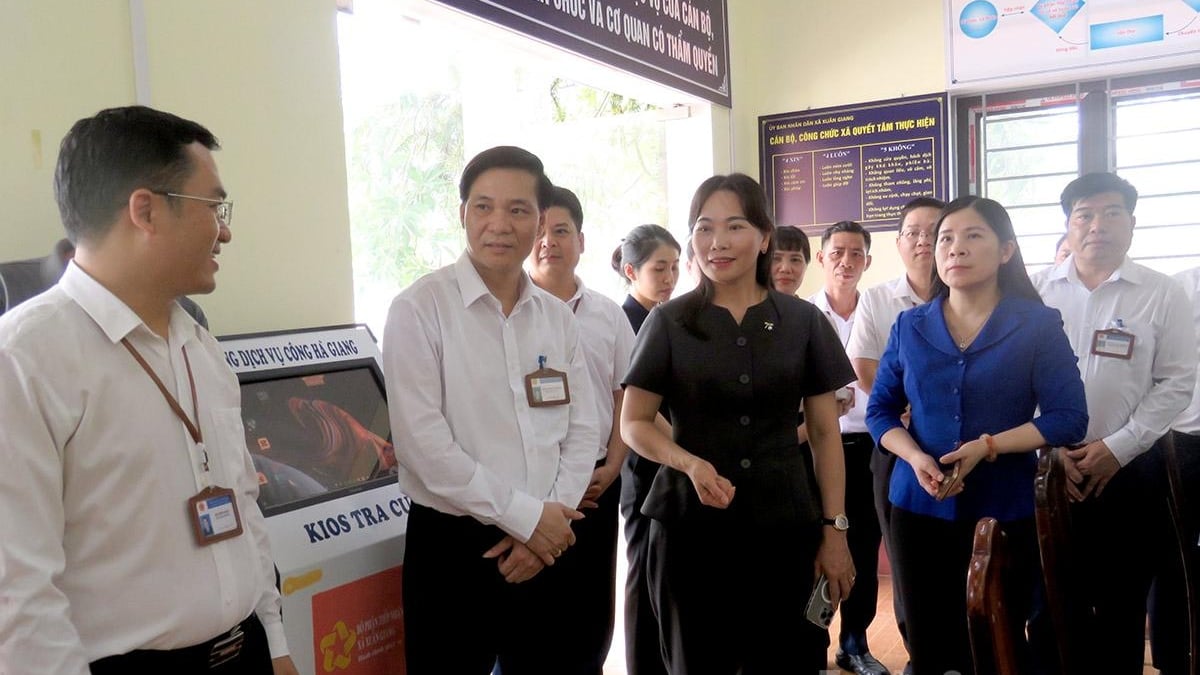Dr. To Hoang Duong, Deputy Head of the Department of Intensive Care and Anti-Poison (Friendship Hospital) said that the unit had just successfully treated a male patient with thrombotic thrombocytopenic purpura.
Previously, on May 19, patient LQK (male, 43 years old, Hanoi address), with a history of diabetes, was hospitalized due to headache, dizziness, fever, and nausea.
At the Emergency Department, the patient had a brain scan and necessary tests. The results showed that the patient had a severe decrease in platelets (23.1G/L); accompanied by anemia (red blood cells 2.61T/L, hemoglobin 89.1g/L), increased bilirubin jaundice index....
In addition, the patient was diagnosed with exclusion of cerebrovascular accident or central nervous system disease; excluded diagnosis of dengue fever, thrombocytopenia, and gastrointestinal bleeding.

Doctors at Friendship Hospital have just successfully treated a patient with thrombotic thrombocytopenic purpura (Photo: Hospital provided).
"Despite receiving red blood cell and platelet transfusions, corticosteroids, and blood sugar control, the patient's condition improved little, and platelets remained consistently low.
After in-depth assessments, the patient was diagnosed with thrombotic thrombocytopenic syndrome and had to undergo plasma exchange in the Intensive Care Unit," said Dr. Duong.
Primary thrombotic thrombocytopenic purpura often has no obvious cause, while secondary thrombocytopenic purpura often occurs after autoimmune diseases, pregnancy, organ transplantation, drugs, infections, tumors, and other diseases.
This syndrome is clinically manifested by fever, anemia, thrombocytopenia, and in severe cases, kidney failure and neurological disorders.
"Plasma exchange is a blood filtration method to remove plasma containing "pathogens" or "toxic substances" of the patient and then replace it with healthy plasma from a blood donor to supplement ADAMTS 13 factor, improve thrombocytopenia and blood clotting disorders, creating conditions for the patient to recover," Dr. Duong shared.

Nearly 100 units of fresh frozen plasma were used (Photo: Provided by the hospital).
The Intensive Care Unit performed plasma exchange 5 times for the patient with a total of nearly 100 units of plasma used.
After each dialysis session, the patient improved, became more alert and less tired, the platelet count gradually increased, and jaundice, liver enzymes, and blood clotting disorders improved well.
Currently, after finishing dialysis for a week, the patient is awake, eating by mouth and moving in bed. The patient will be transferred to the Hematology Department for continued treatment and outpatient monitoring.
Source: https://dantri.com.vn/suc-khoe/sau-con-dau-dau-buon-non-nguoi-dan-ong-phai-truyen-100-don-vi-huyet-tuong-20250611162648384.htm






























































































![[Infographic] In 2025, 47 products will achieve national OCOP](https://vphoto.vietnam.vn/thumb/402x226/vietnam/resource/IMAGE/2025/7/16/5d672398b0744db3ab920e05db8e5b7d)





Comment (0)